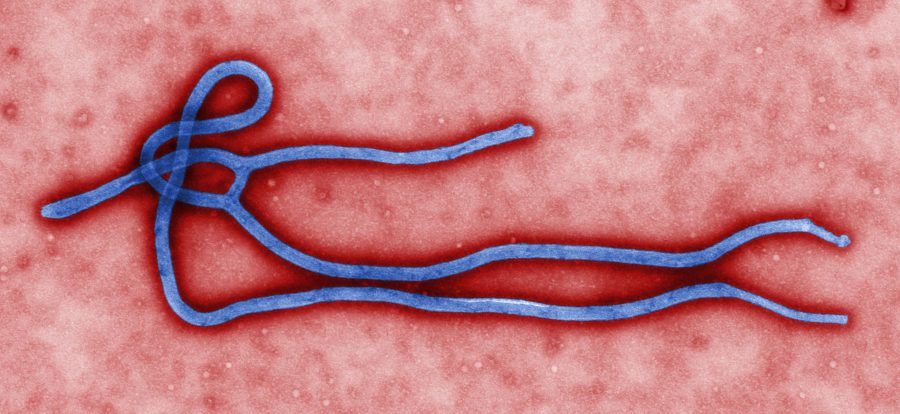Photo Courtesy of commons.wikimedia.org
Health Services has proactive plan against Ebola
With new concerns about the Ebola virus spreading, Bailey Health Center implemented measures to ensure the safety of students.
The health center conducted preemptive measures for the college’s safety by contacting the student and staff returning from the regions affected by Ebola. They were asked to contact Bailey’s Health Center in an email sent earlier in August and advised to self-monitor for signs and symptoms.
“I wanted to be proactive rather than reactive and to make sure that we’re thinking ahead instead of reacting to a situation where we could have the potential of having to deal with a real emergency on our hands,” Director of Health Services Dr. Jeffery Goldstein said.
Lafayette was one of the first higher education institutions to have a plan ready for implementation if cases of Ebola surface in United States, according to Goldstein.
“When I sent out [the email] to the community there really wasn’t anything on the [Center of Disease Control’s] website for recommendations to colleges and universities,” Goldstein said. “They now have specific recommendations for colleges and universities.”
These recommendations include students and faculty members self-monitoring for symptoms and for health centers to stay aware the threat of Ebola on campus, according to the CDC’s website.
“I felt comfortable knowing the CDC’s recommendations were consistent with my own,” Goldstein said.
The symptoms typically include fever, severe headache, muscle pain, weakness, diarrhea, vomiting, abdominal pain and lack of appetite according to the CDC. The symptoms are more likely to appear 8-10 days after exposure to the virus but could range anywhere from 2 to 21 days.
Ebola is an infectious fatal virus that spreads by direct contact with skin or bodily fluids of a symptomatic person or object contaminated by the fluids.
Although Ebola is a concern, it poses small risk to US population, Goldstein said.
“The risk of dying from influenza (flu) is far greater than Ebola. 36,000 Americans die each year from influenza,” he wrote in an email.




































































































